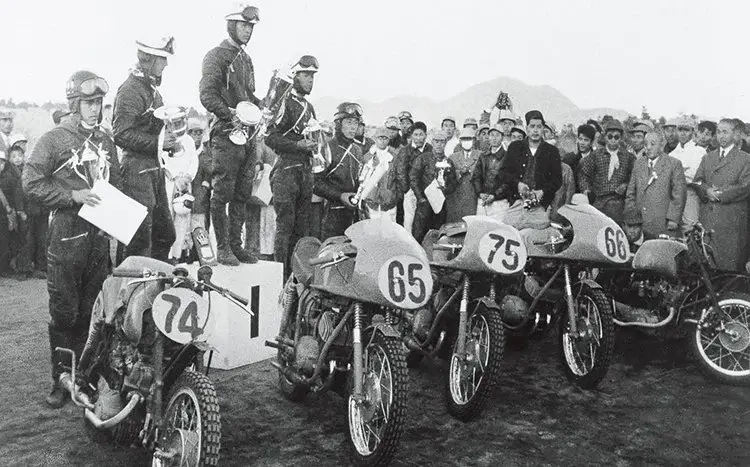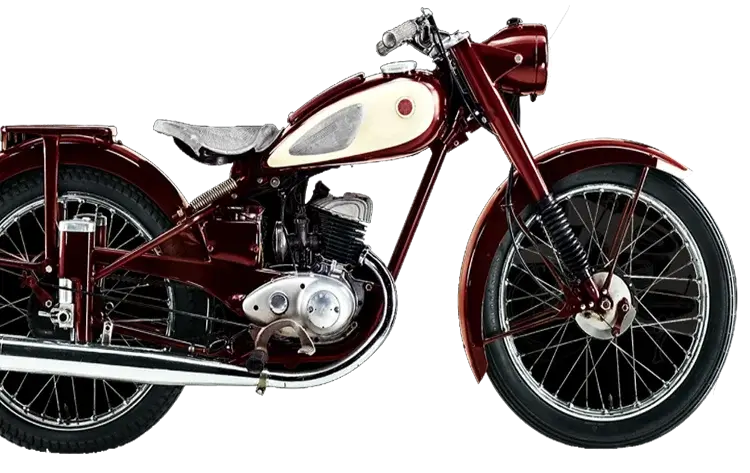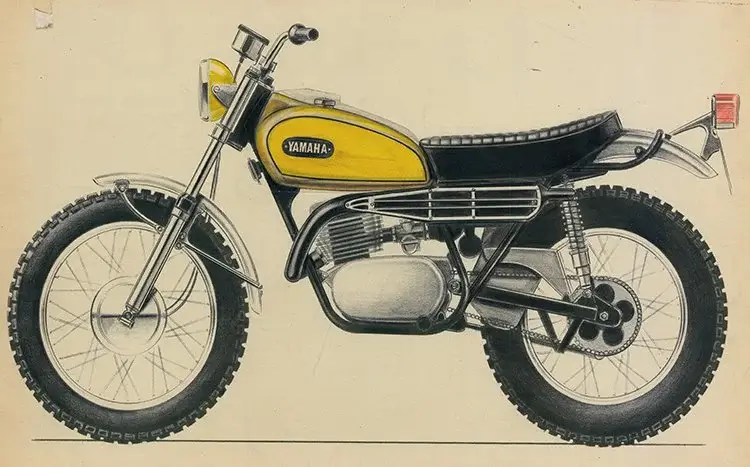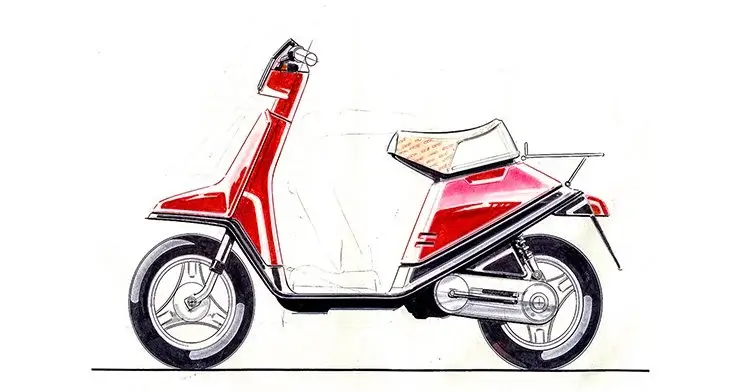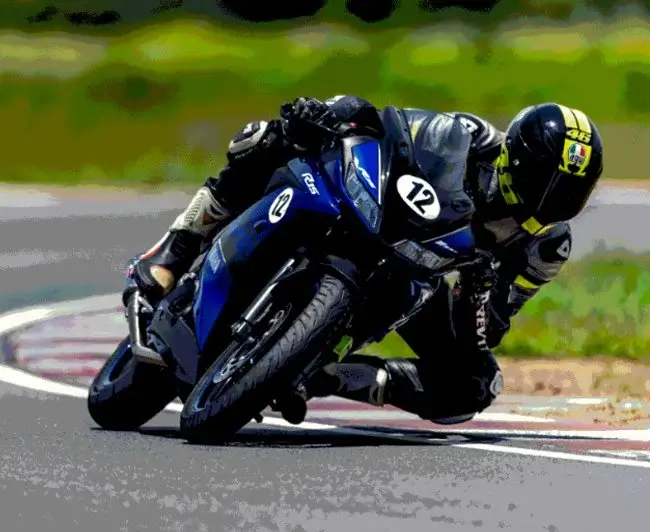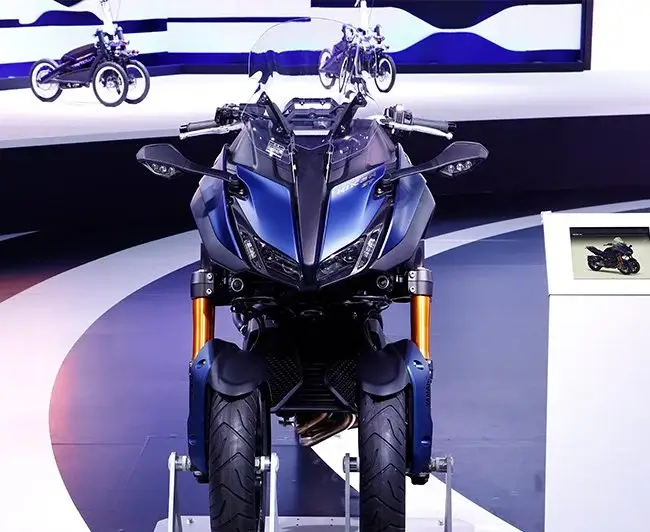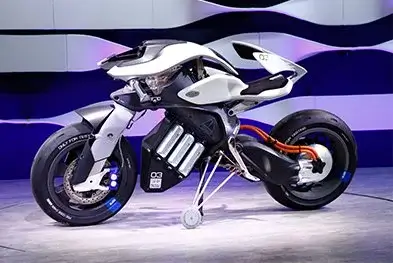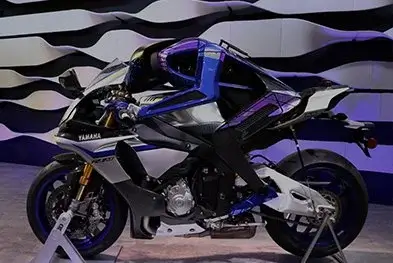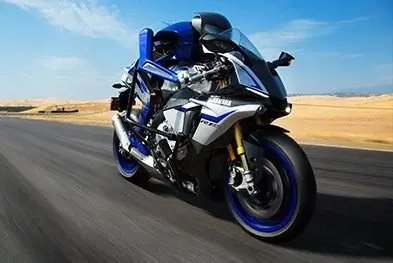In 1955, Yamaha developed its first motorized product, the YAMAHA125 YA-1.
This was the product of the foresight of Genichi Kawakami, the founder of Yamaha Motor Company. He believed by bringing manufacturing expertise gained from making musical instruments into the realm of mobility, that Yamaha would be able to break through the global market. This was where Yamaha's history first began.

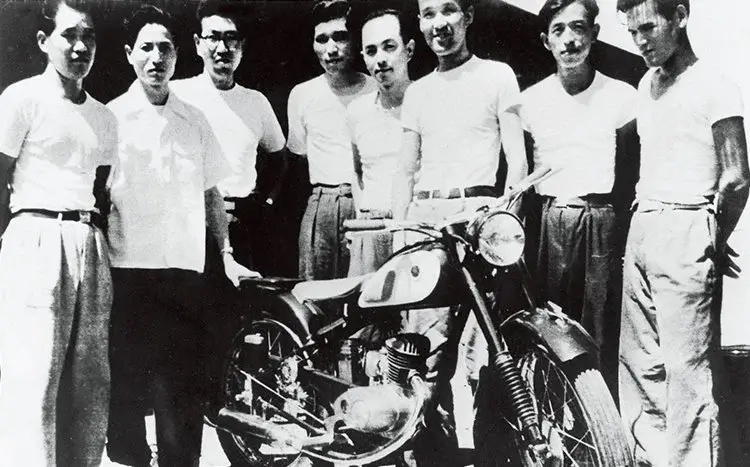
.webp)
